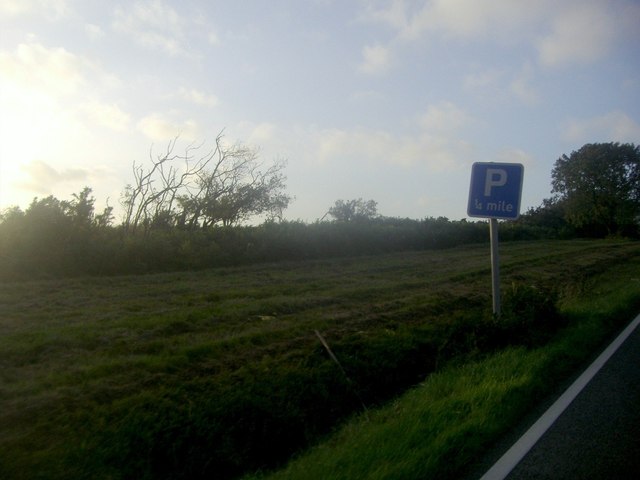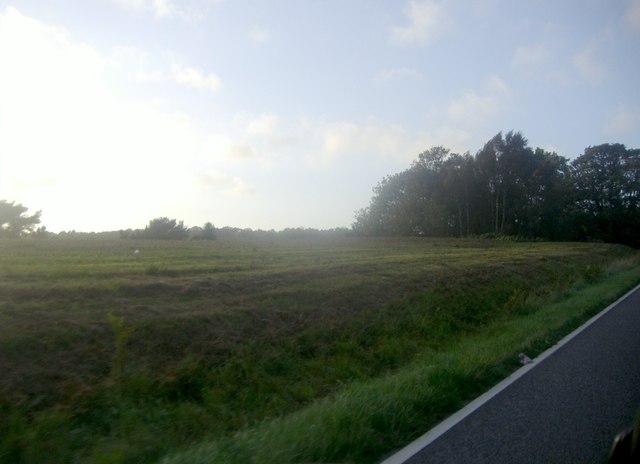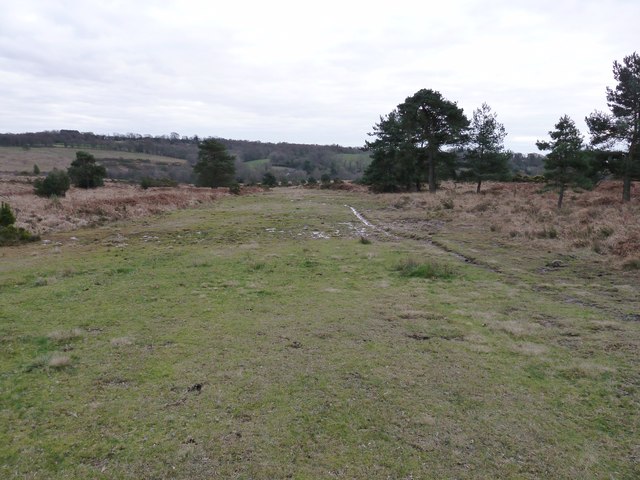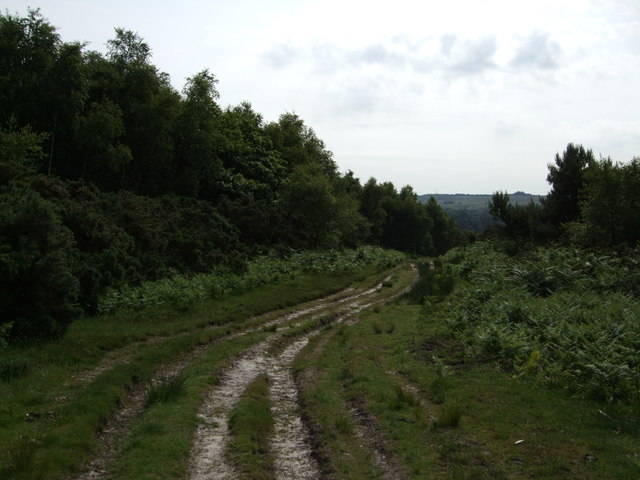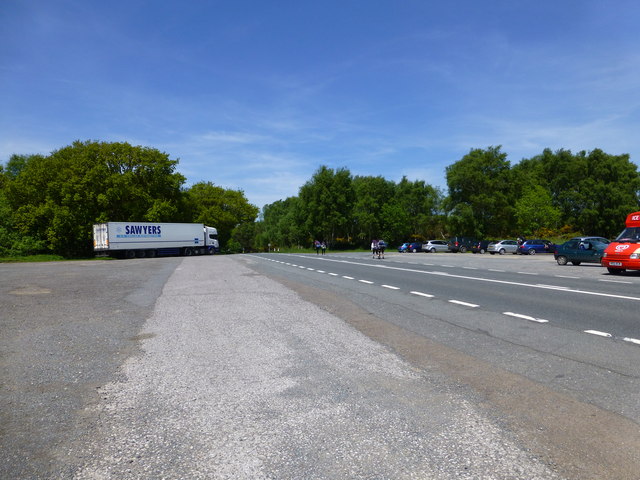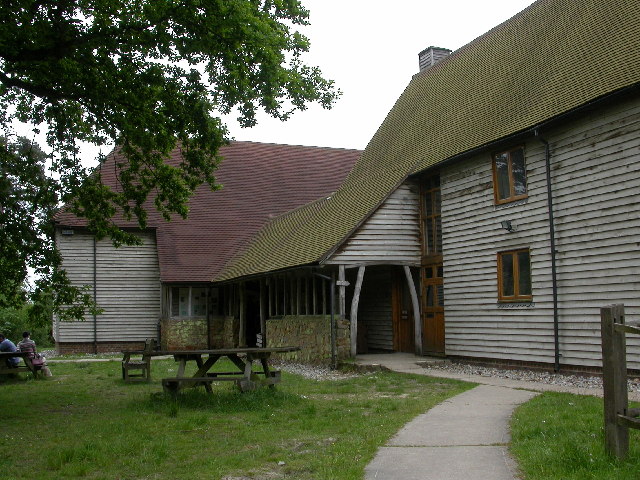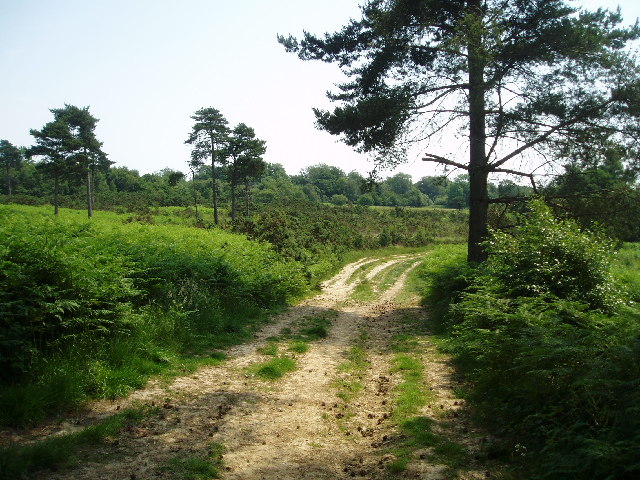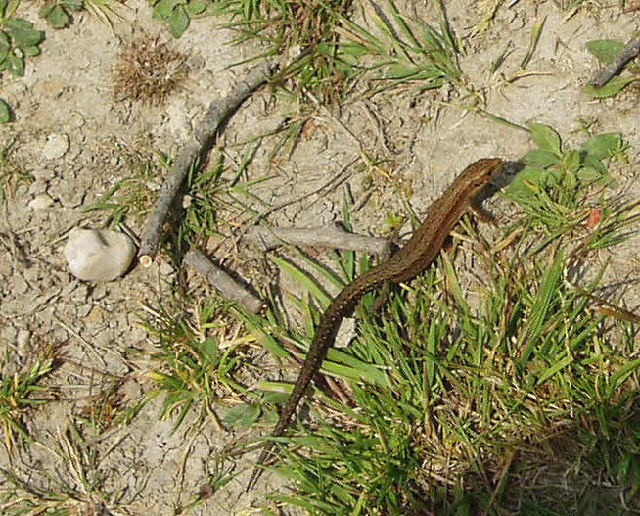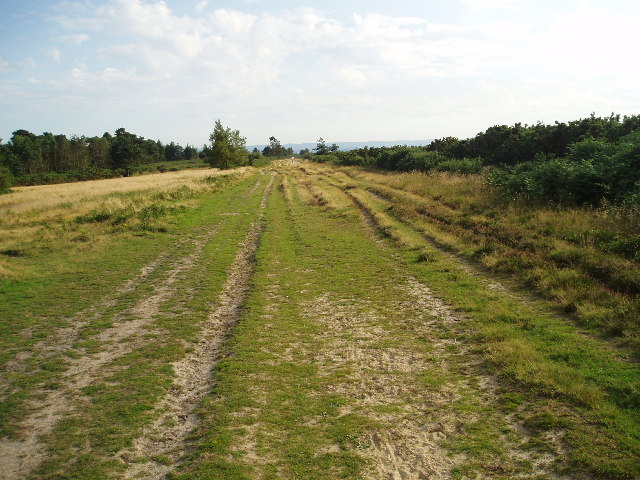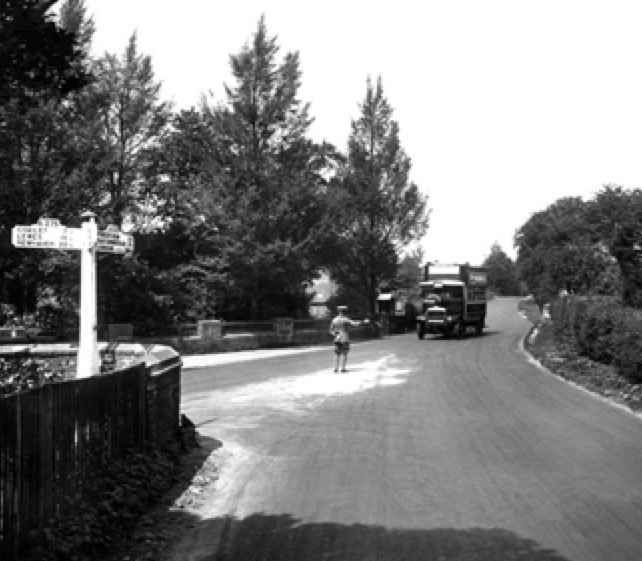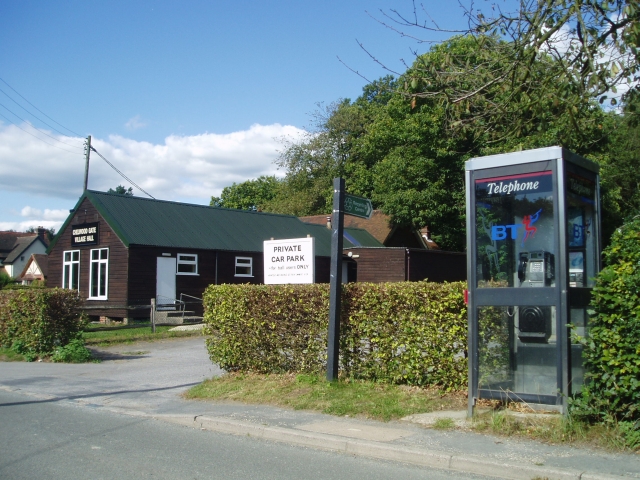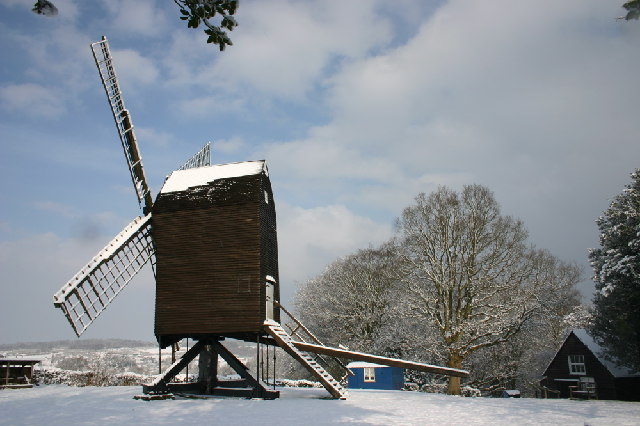Triangle Wood
Wood, Forest in Sussex Wealden
England
Triangle Wood

Triangle Wood is a serene and picturesque forest located in Sussex, England. Spread over an area of approximately 50 acres, it is known for its lush greenery, diverse wildlife, and tranquil atmosphere. The wood is situated in a triangular shape, hence its name, and is surrounded by rolling hills and meadows, adding to its natural beauty.
As one enters Triangle Wood, they are greeted by a canopy of tall, majestic trees that provide shade and a sense of seclusion. The wood is predominantly composed of native species such as oak, beech, and ash, which have thrived in the area for centuries. The forest floor is covered in a carpet of ferns, wildflowers, and moss, creating a vibrant and enchanting undergrowth.
Triangle Wood is home to a variety of wildlife, making it a haven for nature enthusiasts and birdwatchers. Visitors may spot roe deer, foxes, badgers, and squirrels roaming freely among the trees. The melodious chirping of birds fills the air, with species like blackbirds, thrushes, and woodpeckers commonly found in the area. Bird boxes and feeding stations have been strategically placed throughout the wood to encourage nesting and provide food for the avian inhabitants.
The wood offers several walking trails, allowing visitors to explore its natural wonders at their own pace. These trails are well-maintained and marked, ensuring that visitors can navigate through the forest easily and safely. Triangle Wood also provides designated picnic areas, where visitors can relax and enjoy the peaceful surroundings while relishing a packed lunch.
Overall, Triangle Wood is a captivating destination for those seeking solace in nature. Its idyllic setting, abundant wildlife, and well-maintained trails make it an ideal spot for a leisurely stroll, birdwatching, or simply unwinding amidst the beauty of Sussex's countryside.
If you have any feedback on the listing, please let us know in the comments section below.
Triangle Wood Images
Images are sourced within 2km of 51.060697/0.050197381 or Grid Reference TQ4331. Thanks to Geograph Open Source API. All images are credited.

Triangle Wood is located at Grid Ref: TQ4331 (Lat: 51.060697, Lng: 0.050197381)
Administrative County: East Sussex
District: Wealden
Police Authority: Sussex
What 3 Words
///party.ballroom.slant. Near Forest Row, East Sussex
Nearby Locations
Related Wikis
Byline Festival
The Byline Festival is a festival whose aim is to promote independent journalism and free speech. The festival was founded by Stephen Colegrave and Peter...
Landscape of Ashdown Forest
Ashdown Forest, a former royal hunting forest situated some 30 miles south-east of London, is a large area of lowland heathland whose ecological importance...
Ashdown Forest
Ashdown Forest is an ancient area of open heathland occupying the highest sandy ridge-top of the High Weald Area of Outstanding Natural Beauty. It is situated...
Wych Cross
Wych Cross is a location in Ashdown Forest, in the Wealden district of East Sussex. It lies on the sandstone forest ridge of the High Weald on the principal...
Chelwood Gate
Chelwood Gate is a small village within the civil parish of Danehill in the Wealden district of East Sussex, England. Its nearest town is Uckfield, which...
Nutley Windmill
Nutley Windmill is a grade II* listed open trestle post mill at Nutley, East Sussex, England which has been restored to working order. == History == Nutley...
Old Lodge
Old Lodge is a 103.1-hectare (255-acre) Local Nature Reserve west of Crowborough in East Sussex. It is privately owned. It is managed by Sussex Wildlife...
Birch Grove
Birch Grove, Horsted Keynes, West Sussex, England is a country house dating from 1926. It was the family home of the British prime minister Harold Macmillan...
Nearby Amenities
Located within 500m of 51.060697,0.050197381Have you been to Triangle Wood?
Leave your review of Triangle Wood below (or comments, questions and feedback).
